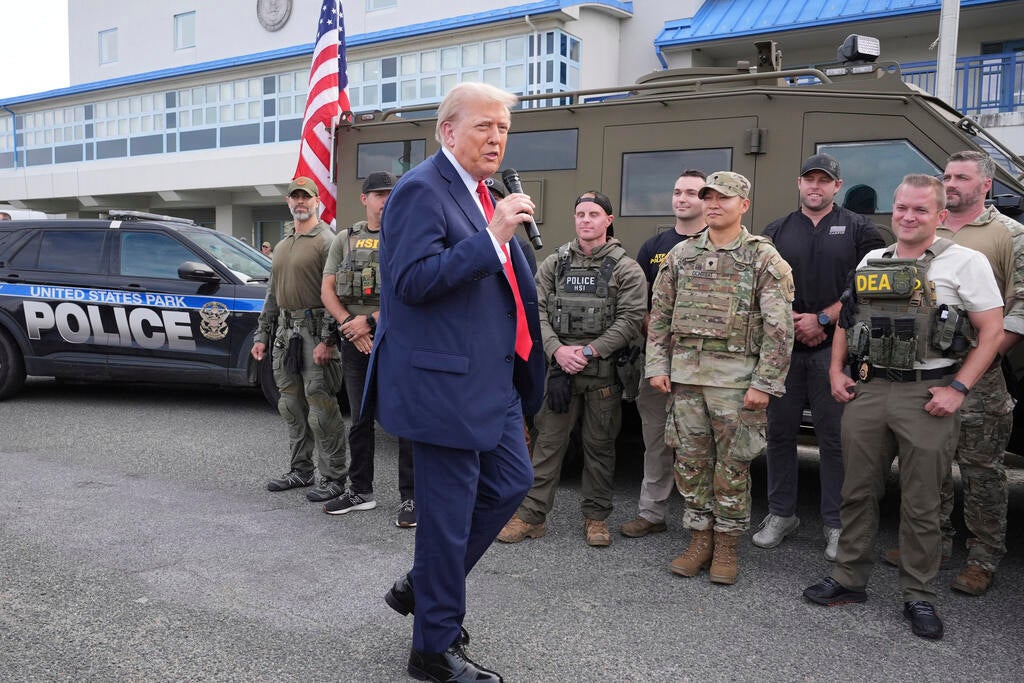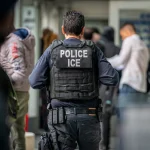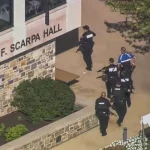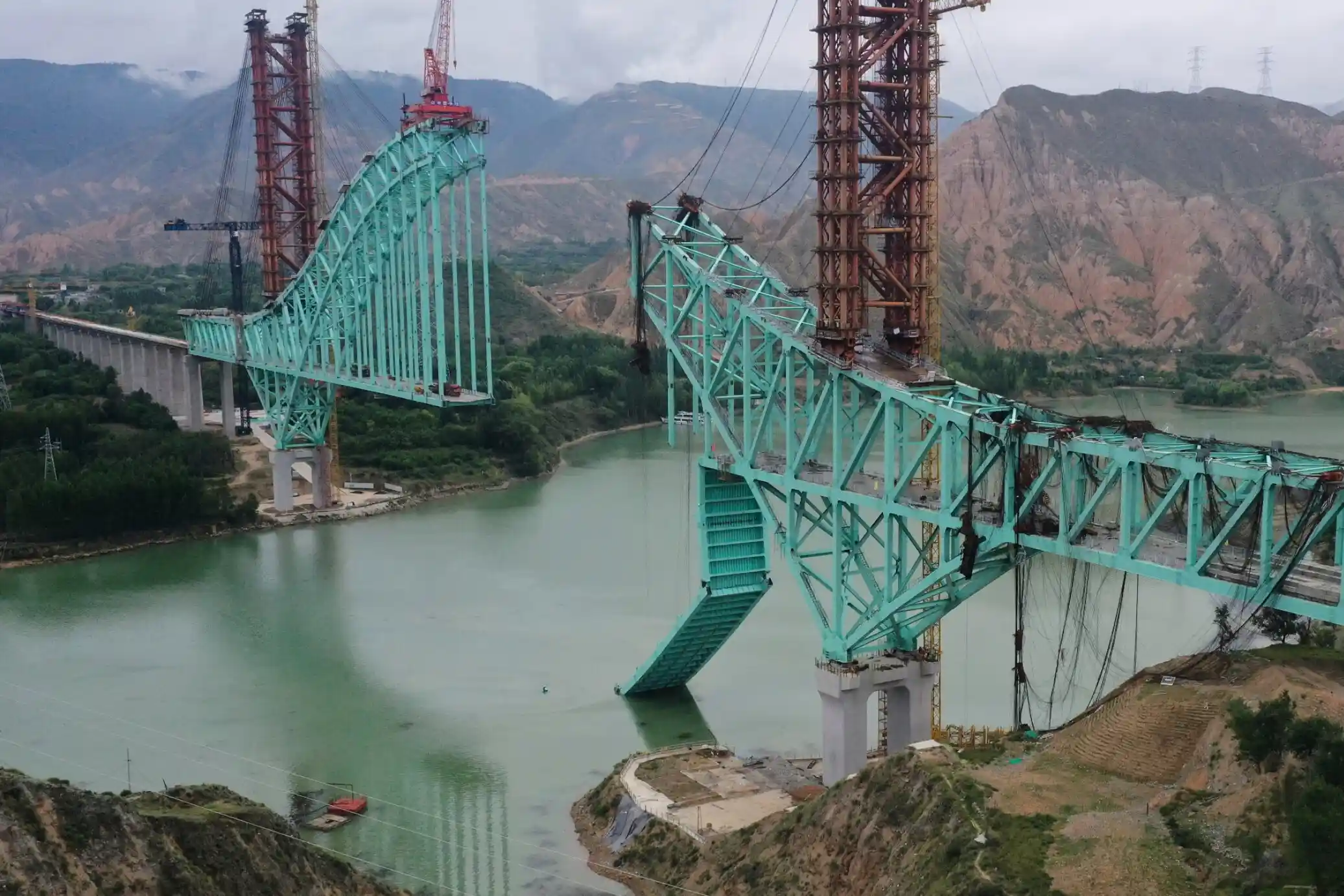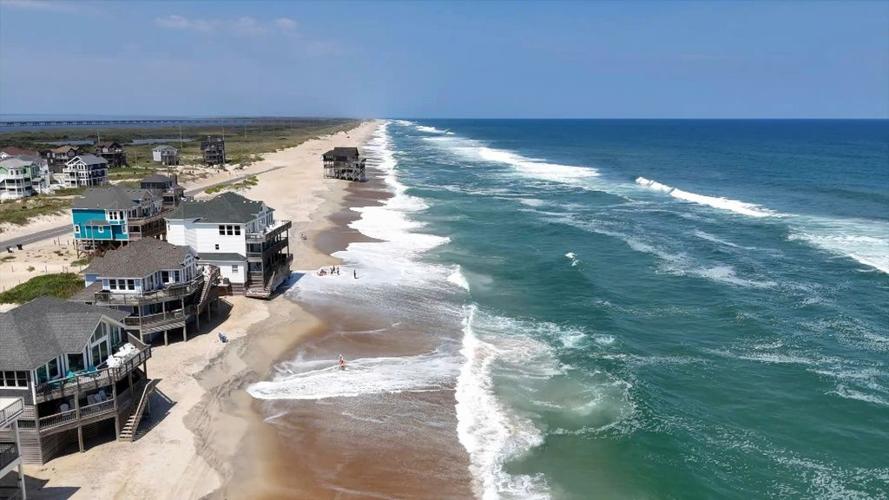In a dramatic display blending politics, symbolism, and Americana, former President Donald Trump served burgers and pizza to federal law enforcement officers amid a surge in police activity in Washington, D.C. The unusual event instantly grabbed headlines, sparking both admiration and criticism across the political spectrum.
- A Scene Made for Headlines
- Why Burgers and Pizza?
- The Police Surge in D.C.
- Reactions: Applause and Criticism
- Symbolism in American Politics
- The Deeper Political Undertone
- Public Opinion: Does It Matter?
- Media Coverage and the Viral Factor
- Historical Comparisons
- What Comes Next?
- FAQs
- Why did Trump serve burgers and pizza to federal law enforcement?
- How did law enforcement react to Trump’s gesture?
- Has Trump done something like this before?
- What was the context behind the D.C. police surge?
- Did this act change public opinion about Trump?
- How does this compare to other presidents’ symbolic gestures?
- What does this mean for U.S. politics moving forward?
- Conclusion
To Trump’s supporters, this was a gesture of solidarity with law enforcement during turbulent times in the capital. To his critics, it was a publicity stunt designed to capture media attention. Regardless of interpretation, the moment carried weight, raising questions about Trump’s relationship with federal agencies, the role of symbolic politics in America, and how public gestures can shape political narratives.
This article explores the full context behind the event, its political implications, historical precedents, and the reactions it generated across U.S. society.
A Scene Made for Headlines
Eyewitnesses described the scene as almost theatrical. Inside a secured federal building in Washington, D.C., Trump appeared carrying stacks of pizza boxes and trays of fast-food burgers—complete with fries, sodas, and condiments. Cameras captured him handing out meals directly to uniformed officers and federal law enforcement officials, many of whom had been working extended shifts due to a sudden police surge in the capital.
The timing was critical. Washington, D.C. had recently ramped up its security presence following heightened political tensions, an increase in public demonstrations, and concerns about unrest near federal buildings. Officers were deployed in greater numbers, often working double shifts, making Trump’s arrival with food both practical and symbolic.
“Sometimes it’s the small things that make a difference,” one officer was overheard saying.
Why Burgers and Pizza?
Food has always played an outsized role in political symbolism. Trump, throughout his political career, has made a point of associating himself with fast food—most notably McDonald’s, Burger King, and Domino’s Pizza. He often argued that fast food represented both his personal taste and his connection to “ordinary Americans” who eat the same meals.
During his presidency, Trump once famously served fast food to the Clemson Tigers football team during a White House visit, explaining that it was “all American” and personally paid for by him. The optics of greasy bags and golden arches spread across the Lincoln Room became a viral image.
By repeating that playbook with federal law enforcement, Trump tapped into the same symbolic framework: fast food as patriotic, accessible, and relatable.
The Police Surge in D.C.
The backdrop of this food-sharing event was the sudden surge of police presence in Washington, D.C. Federal agencies, including the FBI, Department of Homeland Security, and Capitol Police, had all stepped up patrols. Officials cited ongoing threats of demonstrations and security concerns in the city, particularly near government landmarks.
Statistics from D.C. police reports showed a 15% increase in reported public disturbances over the past two months. Additionally, incidents near federal properties had doubled compared to the same period last year. The government responded with more boots on the ground—uniformed and plainclothes officers monitoring public spaces.
For law enforcement personnel working long hours, food deliveries often became essential. Trump’s move, therefore, played directly into their needs, while also ensuring maximum media coverage.
Reactions: Applause and Criticism
The reactions to Trump’s food-serving moment were deeply divided, much like the rest of American politics.
Supporters praised the gesture.
“Trump has always had the backs of our law enforcement,” said a former DHS official. “This is exactly the kind of morale boost officers need when they’re working nonstop to keep D.C. safe.”
Some conservative media outlets framed the moment as a “patriotic tribute” and contrasted it with what they viewed as insufficient support for police under the Biden administration.
Critics, however, dismissed the act.
“It’s a photo-op, plain and simple,” argued a political analyst in The Atlantic. “Handing out pizza doesn’t change the fact that Trump has had a deeply complicated relationship with federal law enforcement agencies, many of which have investigated him.”
Progressive activists also took issue, noting that the symbolism of serving fast food to officers ignored larger systemic issues in policing, such as accountability, public trust, and community relations.
Symbolism in American Politics
Trump’s decision to serve burgers and pizza wasn’t random—it was rooted in a broader tradition of political symbolism. American leaders have long used food, clothing, and cultural icons to signal values or align themselves with certain groups.
Franklin D. Roosevelt used “fireside chats” to show closeness to ordinary families.
Ronald Reagan often invoked cowboy imagery to connect with rural America.
Barack Obama famously drank beer with voters and was photographed at burger joints to highlight his everyman appeal.
Trump’s fast food imagery fits into this lineage, but with a unique twist—it’s overtly populist, intentionally simple, and tailored for maximum viral impact.
The Deeper Political Undertone
Serving food might look lighthearted on the surface, but analysts suggest there’s more at play. Trump’s relationship with law enforcement has been complex. While he frequently praises police in public speeches, he has clashed with federal agencies such as the FBI and DOJ, which have investigated his conduct in office and beyond.
By serving food directly to officers, Trump may have been signaling a political message: that he supports the “rank and file” even if he has grievances with the leadership. This distinction—between everyday officers and what he calls the “deep state”—has been central to Trump’s narrative for years.
Public Opinion: Does It Matter?
Polling data has shown that symbolic acts like these can influence public perception, even if only temporarily. A 2023 Gallup survey revealed that 58% of Americans say they feel positively about politicians who “make gestures of support toward ordinary workers.” At the same time, only 35% believed such gestures reflect genuine support, with the rest calling them “mostly for show.”
This suggests that Trump’s move could resonate with his base while leaving skeptics unconvinced—a pattern consistent with much of his political career.
Media Coverage and the Viral Factor
Unsurprisingly, the event exploded on social media. Images of Trump handing out pizza slices quickly spread across Twitter, Facebook, and TikTok, often accompanied by humorous captions or heated political debates. Supporters shared hashtags like #TrumpSupportsPolice and #AllAmericanMeal, while critics countered with #PizzaPolitics and #EmptyGestures.
Within hours, the story dominated cable news talk shows, with pundits debating whether the act was meaningful or manipulative.
Historical Comparisons
Looking back, Trump’s gesture echoes other moments in U.S. history when leaders used food as political theater.
Jimmy Carter was known for carrying his own bags and eating at diners to prove he was humble.
Bill Clinton famously loved McDonald’s and was photographed making unscheduled stops at fast-food chains.
George W. Bush often used Texas barbecue as a political bonding tool.
What makes Trump unique, however, is his consistency—his political brand has always embraced fast food not as a side note, but as a central theme of his public identity.
What Comes Next?
The bigger question is whether Trump’s burger-and-pizza moment will have any lasting impact. With a polarized electorate, such gestures may only deepen existing divides. For his base, it reinforces loyalty. For his critics, it provides more material to dismiss him as a showman.
Still, in an era where political imagery often matters as much as policy substance, this moment could linger longer than expected.
FAQs
Why did Trump serve burgers and pizza to federal law enforcement?
Trump served food as a gesture of support to officers working extended hours amid a D.C. police surge. It also reinforced his political brand, which has long embraced fast food as symbolic of “all-American” values.
How did law enforcement react to Trump’s gesture?
Many officers reportedly appreciated the morale boost, though reactions varied. Supporters praised the act, while critics dismissed it as political theater.
Has Trump done something like this before?
Yes. During his presidency, Trump served fast food to sports teams visiting the White House, most famously the Clemson Tigers football team.
What was the context behind the D.C. police surge?
Washington, D.C. increased law enforcement presence due to rising public demonstrations and security threats near federal buildings.
Did this act change public opinion about Trump?
It is unlikely to have shifted overall public opinion but may have reinforced existing views. Polls show symbolic gestures can influence perceptions, especially among supporters.
How does this compare to other presidents’ symbolic gestures?
Many presidents have used food and cultural symbols to connect with Americans, but Trump has uniquely leaned into fast food as a consistent part of his brand.
What does this mean for U.S. politics moving forward?
While the act itself may not have long-term policy implications, it underscores the growing importance of symbolism, media optics, and viral moments in shaping modern American politics.
Conclusion
Trump serving burgers and pizza to federal law enforcement amid a D.C. police surge was more than just a quirky photo-op. It was a calculated political gesture—simultaneously practical for tired officers, symbolic of Trump’s everyman branding, and provocative in a way that only he seems to master.
The reactions reflect the ongoing split in American politics: admiration on one side, cynicism on the other. But one thing is certain—this event adds another chapter to the unconventional political playbook of Donald Trump, where symbolism often speaks louder than speeches.


